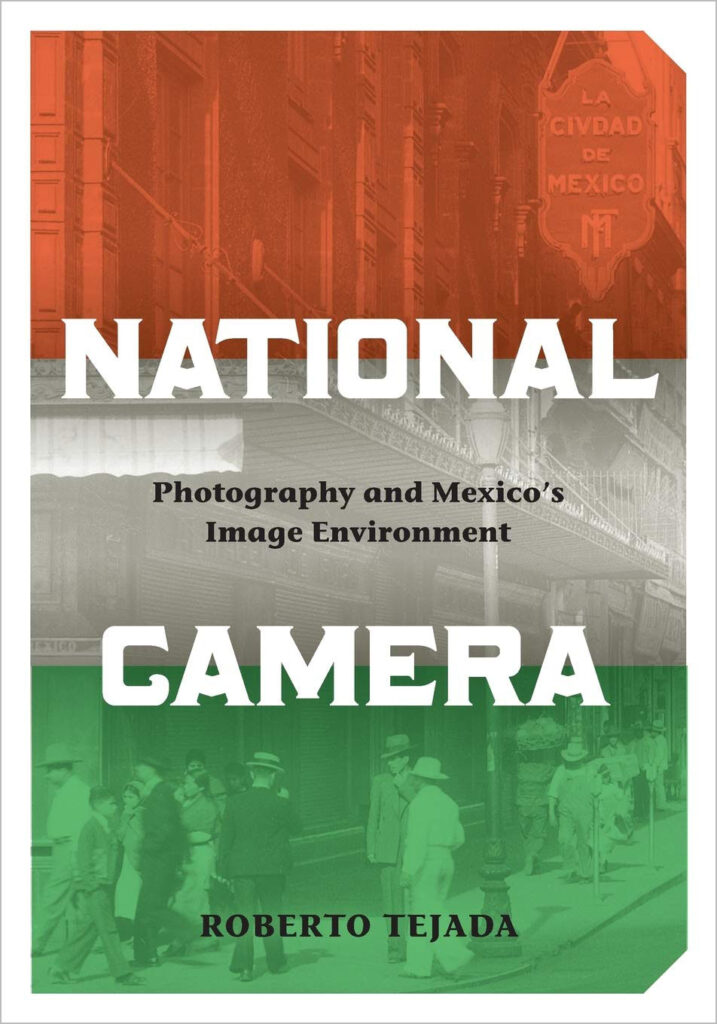National Camera
Through an array of interdisciplinary sources, this book reveals the vast image-environments of Mexico from the time of Porfirio Diaz’s regime in the early twentieth century, to the U.S.-Mexico borderlands of the near present. By offering an alternative vision to the not-so-distant images and intellectual archives of the two nations, Tejada also couples disparate and seemingly unrelated subjects together in rehearsals for alternative narratives. He reinvigorates this span of time in a series of second glances at politics, philosophy, gender, and the photographic medium. By employing a kind of “double writing” for reinscribing Mexican and U.S. social and cultural relations, Tejada realizes a more ethical perspective for viewing art, technology, and history—with a focus on cross-cultural ambiguity and complexity in the shared image environment.


